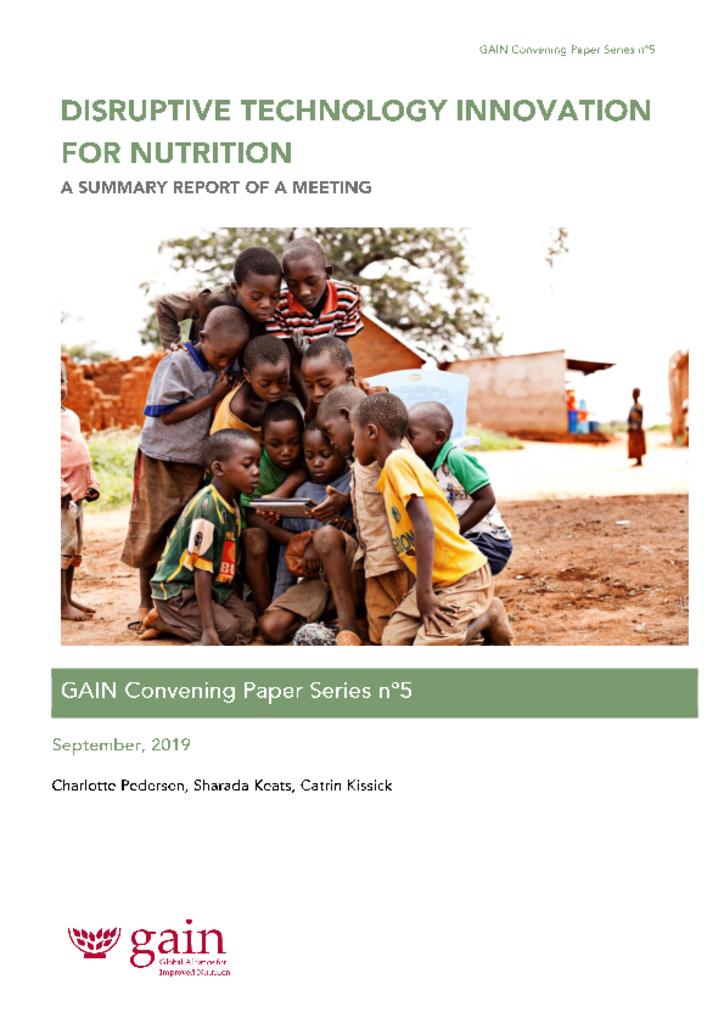Malnutrition is a major problem across many parts of the world, leading to poorer outcomes in infants and children and health problems throughout life, which reduce economic growth and quality of life. Many of the causes of malnutrition have to do with diets, and diets are shaped by the food system – the actors and activities involved with the production, processing, transport, and consumption of food and the policies that influence them. Current food systems across much of the world, particularly in low- and middle-income countries (LMICs), are failing to deliver nutritious diets. They do not provide safe, nutritious foods that are affordable and accessible to all consumers, particularly the most vulnerable; they also often have negative environmental impacts.
Interventions focused only on nutrition cannot solve these wide-ranging problems in the food system. Instead, addressing malnutrition will require systemic transformation. The world has witnessed the transformative power of modern large-scale high-tech innovations, such as mobile technology and the widespread adoption of the internet, with billions of individuals reached. However, the worlds of large-scale technological innovation and nutrition rarely interact.
GAIN, a leader in public-private engagement for better nutrition, recently published Nutritious Food Foresight, which highlights 12 feasible innovations for better nutrition in emerging markets. However, GAIN has limited experience in large-scale innovations outside the agriculture and nutrition spheres. GAIN thus sought to engage with technology experts and explore how current trends and innovations might have the potential to improve diets. This was done through a roundtable meeting that brought together experts from the technology and finance industries to shed light on how to exploit new ideas and technologies to nourish and feed a growing world, in a sustainable way.
This paper summarises that meeting.
